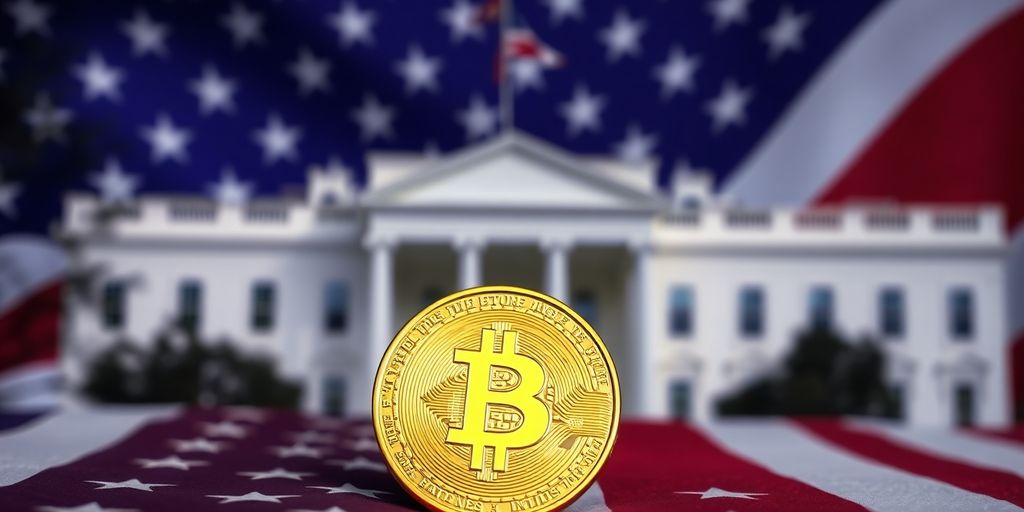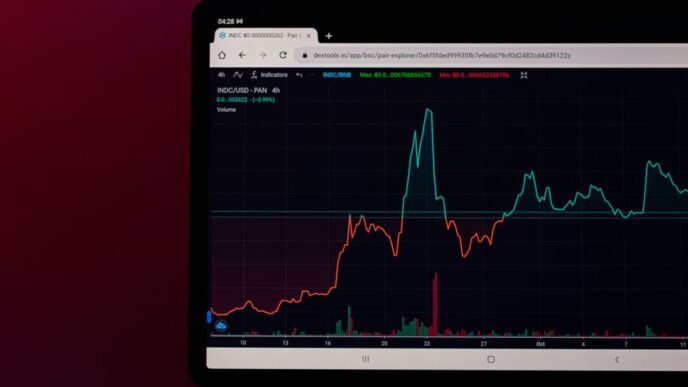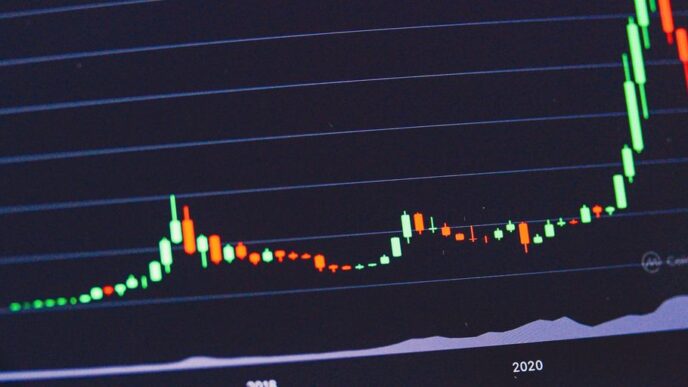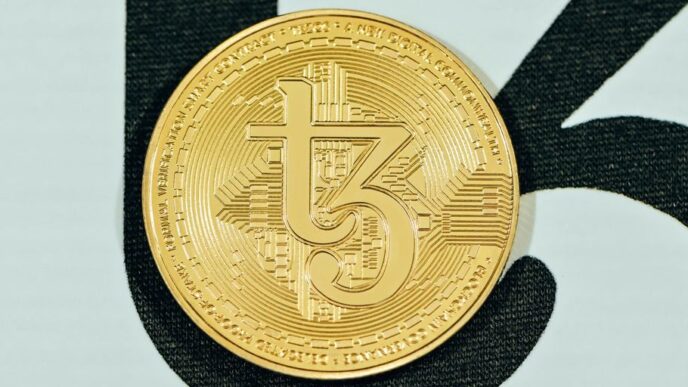President Donald Trump has officially signed an executive order to establish a U.S. cryptocurrency reserve, sparking a mix of excitement and skepticism within the crypto community. The initiative, dubbed the Strategic Bitcoin Reserve, aims to utilize existing government-held Bitcoin, primarily seized through legal proceedings, rather than purchasing new assets.
Key Takeaways
- Trump’s executive order creates a Strategic Bitcoin Reserve using seized Bitcoin.
- The reserve will not involve new purchases, disappointing some investors.
- The initiative aims to maximize the value of existing government crypto holdings.
- Concerns arise over transparency and the selection of additional cryptocurrencies.
Overview of the Strategic Bitcoin Reserve
The newly established Strategic Bitcoin Reserve will be funded by Bitcoin already owned by the federal government, primarily acquired through criminal and civil asset forfeiture. This move is seen as a significant step in recognizing Bitcoin as a legitimate reserve asset for the United States.
David Sacks, the White House’s crypto czar, emphasized that the reserve would function similarly to a digital Fort Knox, safeguarding the nation’s cryptocurrency assets. However, the announcement has drawn criticism for its lack of boldness, as it does not include plans for active purchasing of Bitcoin or other cryptocurrencies.
Market Reaction
Following the announcement, Bitcoin’s price experienced a notable dip of over 5%, reflecting investor disappointment. The cryptocurrency briefly fell below $85,000 before recovering slightly. Analysts have expressed mixed feelings about the reserve, with some viewing it as a positive step towards formal recognition of digital assets, while others criticize it as merely a rebranding of existing holdings.
Future Plans and Regulations
The executive order allows the Treasury and Commerce secretaries to develop strategies for acquiring additional Bitcoin, provided these strategies do not impose extra costs on taxpayers. This budget-neutral approach has raised questions about the feasibility of expanding the reserve in the future.
Sacks has indicated that the U.S. government currently holds approximately 200,000 Bitcoin, valued at around $17.5 billion. However, the lack of clarity regarding how these assets will be managed and whether they will be sold or retained as a store of value remains a point of contention.
Concerns Over Transparency
Critics have voiced concerns about the potential for arbitrary selection of cryptocurrencies to be included in the reserve. Jason Yanowitz, co-founder of Blockworks, warned that without a clear framework, the initiative could lead to market distortions and a loss of public trust.
Additionally, the establishment of a separate U.S. Digital Asset Stockpile for other cryptocurrencies has been met with skepticism, as it may set a precedent for government favoritism in the crypto market.
Conclusion
As the U.S. government embarks on this unprecedented venture into cryptocurrency reserves, the implications for taxpayers and the broader market remain uncertain. While the initiative may bolster the legitimacy of digital assets, the execution and transparency of the reserve will be crucial in determining its success and acceptance within the crypto community. Further details are expected to emerge during the upcoming crypto summit at the White House, where Trump is anticipated to outline his vision for the future of cryptocurrency in America.
Sources
- Bitcoin reserve: Why has Trump set up a US crypto stockpile?, BBC.
- Trump signs order to establish strategic bitcoin reserve, Reuters.
- Trump’s Crypto Summit | Bloomberg Crypto 03/06/2025, YouTube · Bloomberg Television.
- Subscribe to read, Financial Times.
- Blockchain recent news | World Health Expo Insights, Omnia Health Insights.














